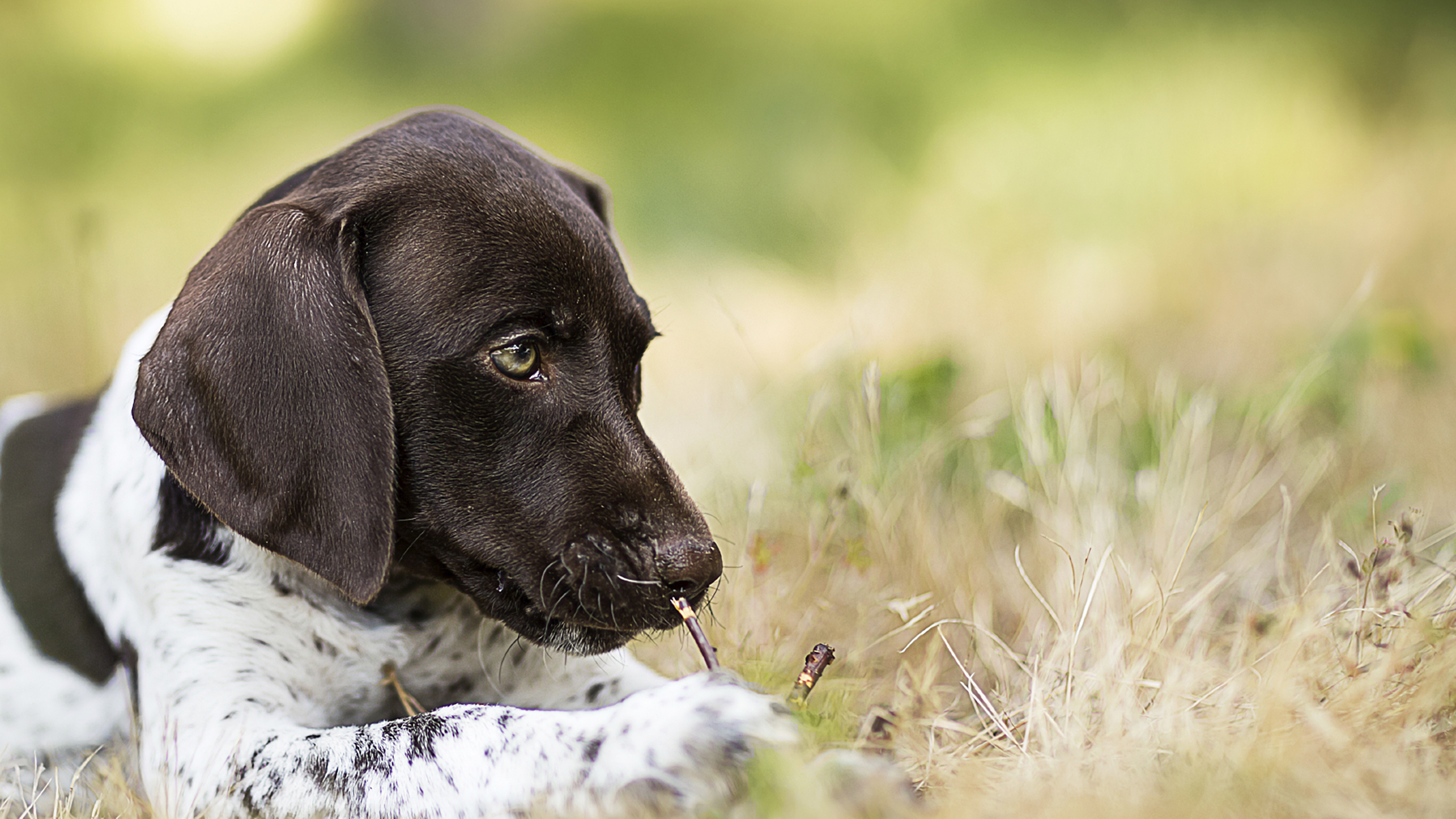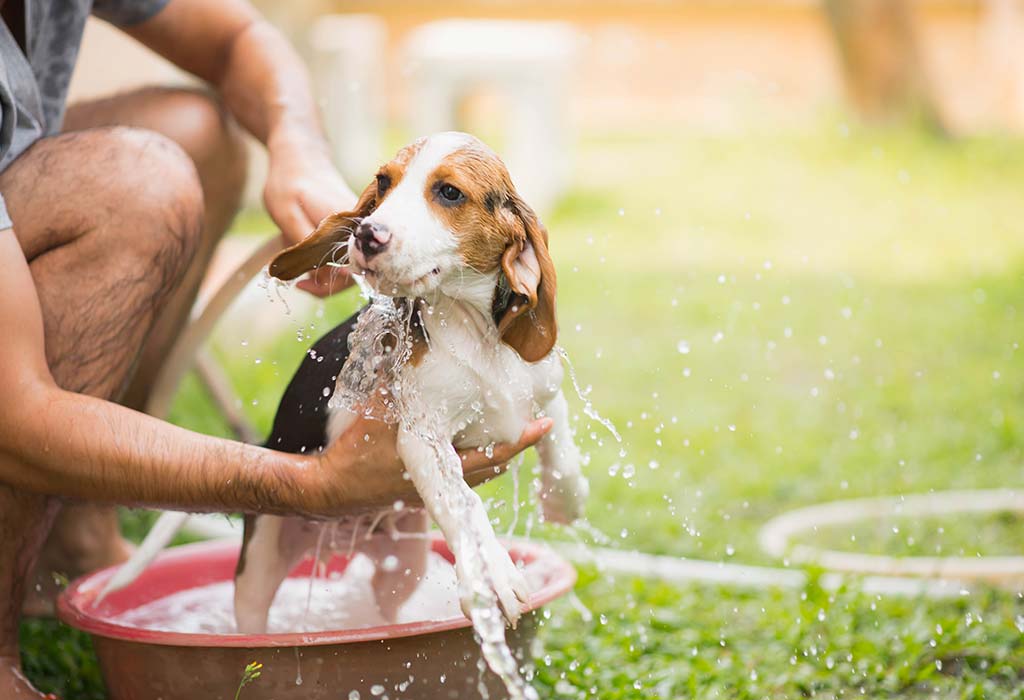(how to get rid of dog lice)
First, the good news: You cannot get lice from your dog, nor can your dog pick up this parasite from you. Lice are species-specific; those that thrive on your dog’s blood won’t change their dining preferences. If they land on you, or the other way round. But there is plenty of poor reports where this leech is concerned. Just Like a more common pest for dogs — pest — a louse infestation, which is known by the scientific term pediculosis. (from the Latin word for louse, which is “pediculus”).
It can cause itching, pain, inflammation, and hair loss. It can also result in more serious health problems. So it is very necessary to know how to recognize and quickly erase or stop the lice. If your pet is not able to scratch them off.
What Are Dog Lice?
(how to get rid of dog lice)

Dog lice are also known as very little, smooth or flat, alated, six-foot parasites. That can stay in your dog’s body or hair and also the feathers of birds. With a very strong peg that looks like nails at the bottom end of each leg. That lets them hold on to your dog’s body or hair. Their fingers are joined to a certain size of the prey’s body, hair, shaft, or feathers. That is why lice are a unique type of species. They can only live on skin debris, sebaceous secretions, feathers, or the blood of the animal they prey on.
They are two types of lice they are:
1. Chewing lice
(how to get rid of dog lice)

- Chewing lice sustain itself by chewing skin waste and surface salivas. And are identified by a dull, and a flat head. There are basically two species that are into chewing the body or feather of birds and dogs. Which may affect the dogs and other wild animals— canine chewing louse and Mallophaga spiniger. The canine chewing louse can be seen worldwide and usually lives on its host body for about 30 days.
- But the Mallophaga spiniger can be found mainly in the rain forest. And despite the fact that dogs are rare in North America, it has been seen on animals like. The jackal, vixen which is also known as red fox, and gray wolf. Scientists have also found this type of lice on dogs in the southeastern part of Mexico. In research that took place in 2015.
2. Lice that suck blood
(how to get rid of dog lice)

- Lice that suck blood need to survive. This kind of sucking lice are those species that affect dogs and it is called dog sucking louse. Different from the chewing lice, these types of lice have a very sharp pointed mouth. They are mostly seen in tropical and subtropical areas of North and South America, Africa, India, and Asia.
What Are the Signs of Dog Lice?
/GettyImages-128104533-a0502daaf19a493a8d506f5ce00fd382.jpg)
When you split your dog’s hair or examining their hair shaft you would see the parasite itself. A full grown-up lice are big enough to be seen with the naked eye, about the size of a sesame seed. About 2-to-4 inches — and they are yellow in color, to tan or medium brown in color. They are detectable from fleas, which are dark in color, almost black looking.
The Chewing lice are able to move around more than the sucking lice. Which, like ticks, injecting their piercing mouthparts into the skin of your dog. If you notice an infestation of dog lice. You will have to go over the area with a flea comb and check their hair.
Lice, most especially the nits or eggs, are most time mistaken for dandruff. And one way to know lice from dandruff is by shaking hair removed from the dog. If the small particle falls off, it’s dandruff. If they strongly hang on to their hair, it’s likely lice. Other signs of lice scourge on your dog include:
- Scratching and intense itchiness.
- Rough, dry, or matted coat.
- Hair loss, specifically around ears, neck, shoulders, groin, and rectal regions.
- Small wounds or bacterial infections from bites by sucking lice.
- Restless behavior.
- Anemia in extreme cases, or in small dogs and puppies.
- Tapeworms and other bacteria or parasites that are spread by lice.
How Do Dogs Get Dog Lice?

Lice have little ability to move; they can drag themselves around but are unable to jump, leap, or fly. And also, a full-grown lice life span is just a few days. If they fall off their host. Passing on is usually through direct contact with another infected animal. But they can also be transferred on from contaminated bed cover, dog neckband, or combing tools. These lice may be a warning wherever dogs congregate. Such as dog daycare centers, dog shows, boarding kennels, and parks.
There are three stages to a lice life cycle they include:
- egg
- nymph
- adult
This life cycle begins when the adult female deposits tiny yellow or white eggs at the bottom of their hair shaft. These eggs are now joined to the hair and won’t be able to fall off when the dog is cleansed.
It takes about one week for the eggs to formulate, freeing the underdeveloping lice. They are also known as sylph, which is no longer than the head of a pin. After about one week, they enter the grown-up phase, beginning the life cycle all over again. A veterinary manual says it takes about 3-to-4 weeks for lice to go from dork to reproductively effective adulthood.
How Do You Get Rid Of Dog Lice?

Frequent flea and tick preventives have made lice scourge very scarce among well-cared pets or dogs. Now, lice are mostly seen on animals that are old, sick, got lost, or wild. To begin the treatment in the severe scourge. Includes cutting off matted hair on your dog because lice and eggs will probably be attached to the hair. And it will be very hard to remove. A flea comb can also be used to take out live and dead lice on the rest of your dog’s hair.
( right after you finish using the flea comb. Ensure that you soak the comb for at least 10 minutes in water varied with a flea shampoo or other insecticide.) But, a flea comb won’t be able to kill the eggs. That is on the dog or stops them from laying their eggs. Most insecticides are powerful treatments for lice in dogs. In accordance with the Companion Animal Parasite Council (CAPC), Fipronil, and selamectin are all helpful. Current trade names can be used on dogs with good results.
Herbicide treatments are given current or in shampoos will kill the little and grown-up lice. But will not get rid of the eggs. So this means of treatment will have to be repeated on a daily basis for one month or more. All pets in your household should be cured. make sure you keep an overspread dog and his bedclothes far from other animals for at least four weeks after treatment.
Always make sure you clean all bedclothes, dog sweaters, chains, and collars soaked in a hot water. And well clean all areas where the dogs spend time to prevent another outbreak.
https://youtu.be/FZrhZA-R8bs

